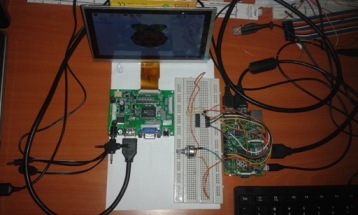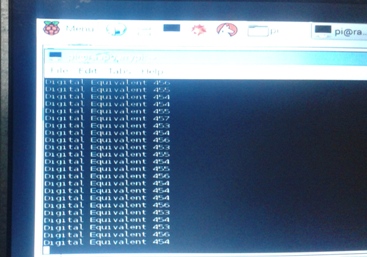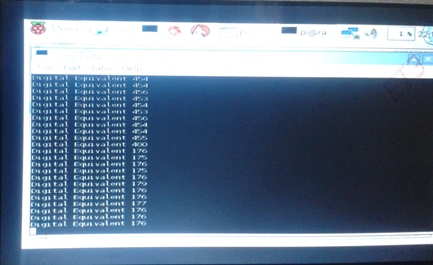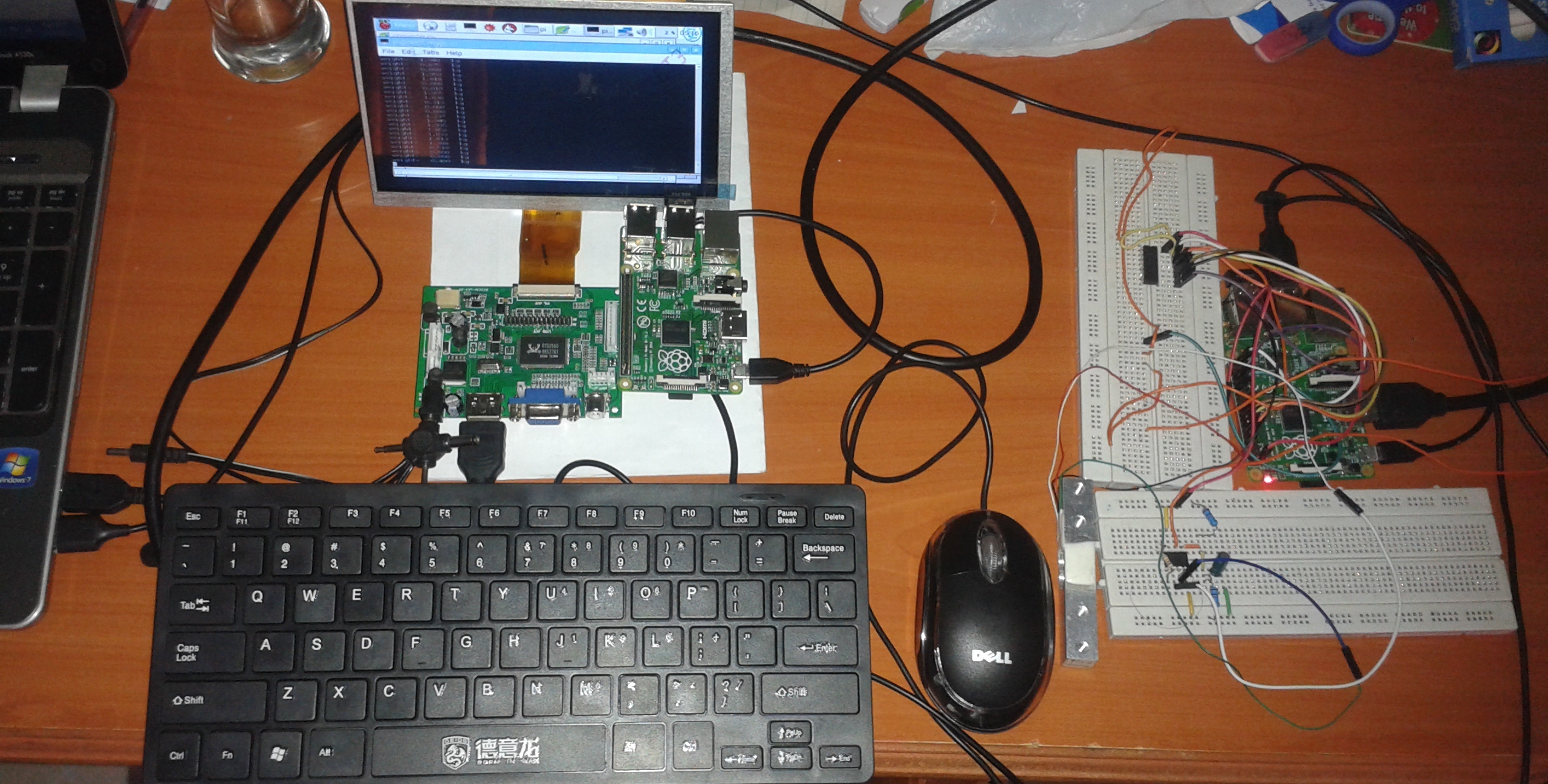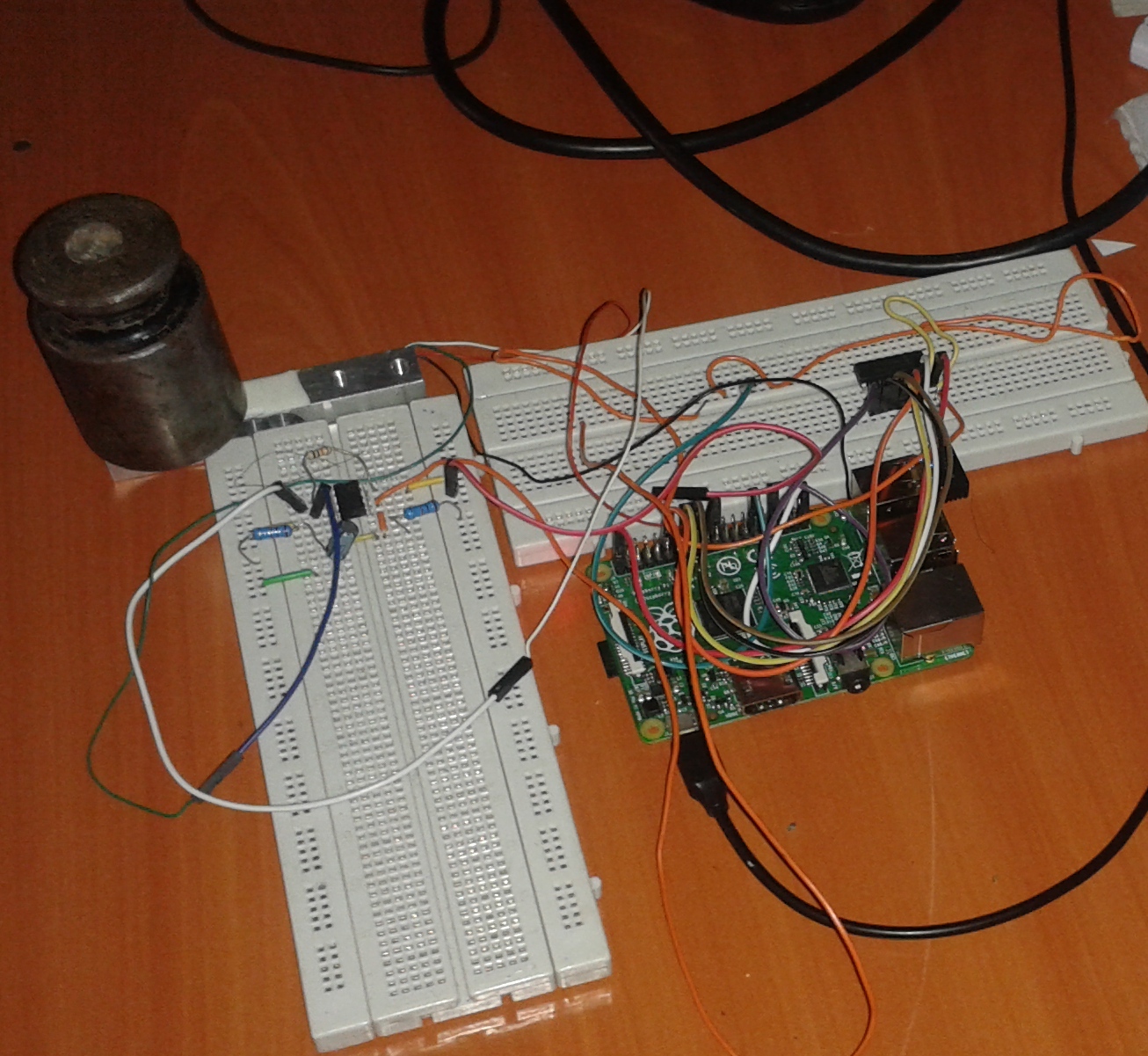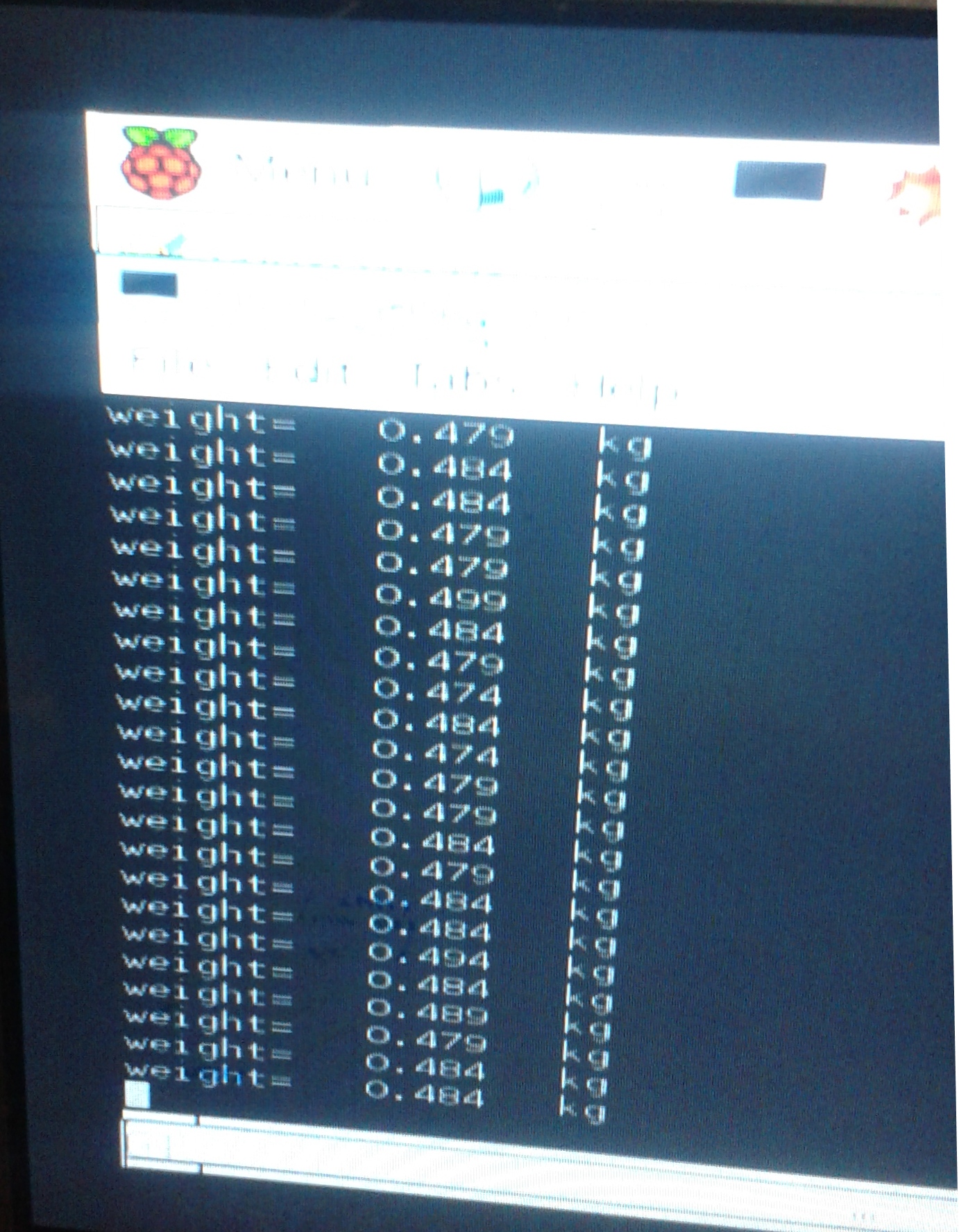Instrumentation
Introduction
This course is taught in the third year of the electrical engineering curriculum. The course mainly deals with
- Transducers for non-electrical quantities .
- Signal conditioning
- Remote sensing techniques
- Microprocessor applications in instrumentation
- Noise and interference reduction
- Data storage, recording and display systems.
We aimed to develop a laboratory exercise that will equip the students with relevant skills in transducers, signal conditioning, remote sensing and data storage. Microprocessor application in instrumentation using the Raspberry Pi is well covered in this work.
Three labs have been development as follows
Introduction to Python Prgramming
The aim of this laboratory practice is to Introduce the student to programming in Python and equip the students with important skills in programming with Python to be used later in proceeding labs. Python is a very high level language. The Raspberry PI was actually developed to run Python as its programming platform, hence the term PI in the name Raspberry PI. The lab explores a bit of programming syntax used in Python. Key areas captured in this lab are
- Entering variables in Python
- Common Arithmetic
- Vectors and Matrices
- Flow Control
- Functions in Python
- Making plots in Python
The students are taken through each section with example codes which they are supposed to run. At the end of the exercise, students are given some tasks in these areas to undertake and present their findings. The complete manual for this lab is available at Instrumentation Lab1.pdf
Analog to Digital Conversion
Most of signals from sensors are analogue in form. Raspberry Pi, being a microprocessor based system, handles only digital signals. It has no inbuild analogue to digital converter. This necessitates for development of an analogue to digital converter for it to handle analog signals.
MCP3008 analogue to digital converter chip is used in this work. It is a 10 bit, 8 channel IC as shown in the schematic . A variable resistor is used as the source of the analogue signal and is connected to 5 V source. The analogue input (0 to 5 V) is fed to one of the 8 channels of the MCP3008. The entire procedure is available in the lab manual Analog to Digital Conversion.pdf.
By adjusting the variable resistor, different values of analog voltages are used for testing the converter. The output (digital equivalent in decimal form) is displayed on the monitor. The setup and sample results for this lab are shown below
After amplification, the signal is converted to digital form using similar procedure in lab 1 described above. WiFi network is used for transmission of the digital output from the remote location to the central control room. At the receiver side, data is first displayed on the monitor for purpose of real time monitoring. Its later stored in a database developed using mySQL.
The procedure to be used is detailed in the lab manual Realtime Remote Force Measurement.pdf provided for this lab. The setup and sample results are shown below
